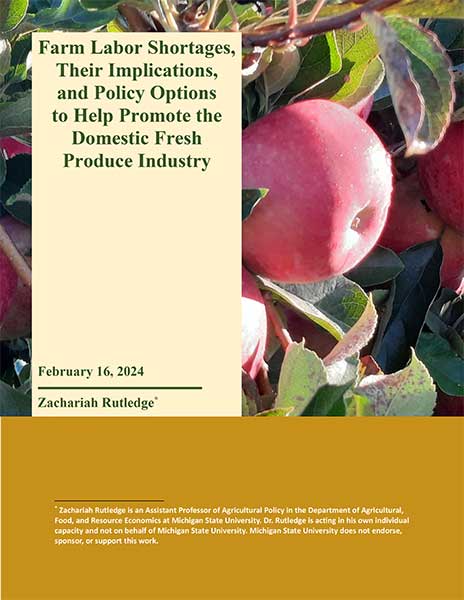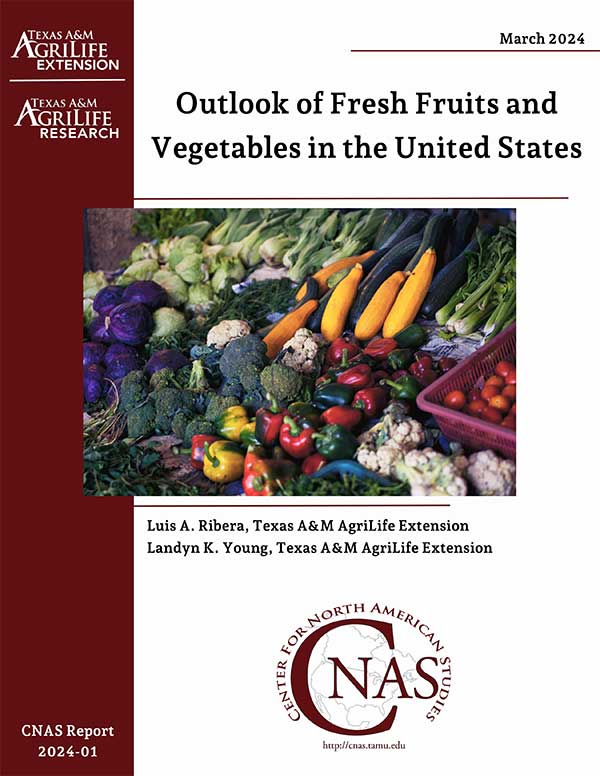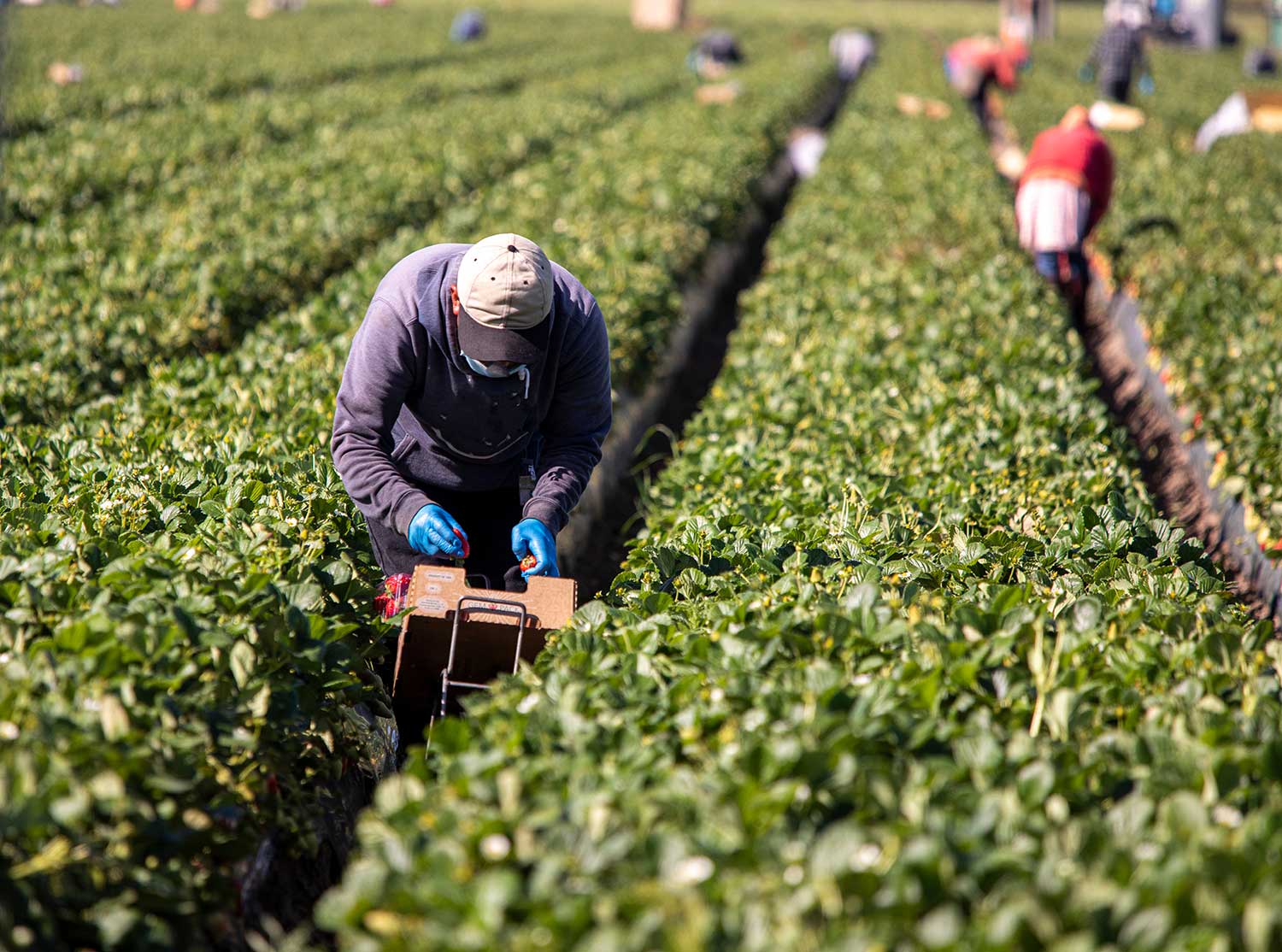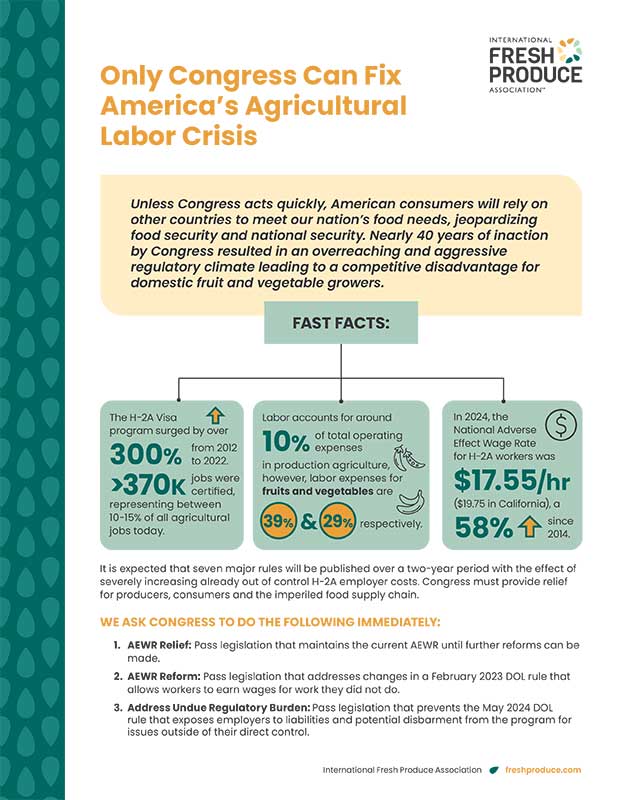Unless Congress acts now, American consumers will rely on other countries to meet our nation’s food needs, jeopardizing food security and national security.
Fast Facts:
- The H-2A Visa program represents 10%-15% of all agricultural jobs today.
- Labor accounts for 40% of total operating expenses for fruits.
- Labor accounts for 30% of total operating expenses for vegetables.
- The National Adverse Effect Wage Rates (AEWR)for H-2A workers increased 58% since 2014.
It is expected that seven major rules will be published over a two-year period that will affect H-2A employer costs. Congress must provide relief for producers, consumers and the imperiled food supply chain.
We Ask Congress To Do The Following Immediately:
✓ AEWR Relief: Pass legislation that maintains the current AEWR until further reforms can be made.
✓ AEWR Reform: Pass legislation that addresses changes in a February 2023 DOL rule that allows workers to earn wages for work they did not do.
✓ Address Undue Regulatory Burden: Pass legislation that prevents the May 2024 DOL rule that exposes employers to liabilities and potential disbarment from the program for issues outside of their direct control.
![]() Factors increasing labor cost and impacting labor availability for US growers
Factors increasing labor cost and impacting labor availability for US growers
- Decreased Domestic Labor Pool: Agricultural job decline isn't due to low demand but rather a lack of domestic workers. The average farmer today is unable to hire 21% of their necessary workforce.
- Shrinking Domestic Workforce: US has over one million hired farmworkers, down from 2.33 million 50 years ago, constituting approximately 1% of all US salary and wage workers.
- Aging Workforce in Us & Mexico: The aging workforce within the H-2A program and shifting economic trends in Mexico represents a future challenge for US growers.
![]() Long-term impacts of increased labor costs and availability
Long-term impacts of increased labor costs and availability
-
Financial Strain on Growers: Rising Adverse Effect Wage Rates (AEWRs) under the H-2A program escalate labor expenses and threaten the competitiveness of US growers imperiling the economic sustainability of US agriculture.
-
Reduced Competitiveness: Escalating labor costs, uncertain availability, and lower wages in competitor countries hinder US growers' competitiveness, leading to heightened reliance on imports to meet demand.
-
Impact on Consumers: Higher labor costs raise prices for domestically grown produce. Reduced US production could jeopardize food security and quality.
![]() Concerns about Adverse Effect Wage Rates (AEWRs): A Broken Formula Gone Out-of-Control
Concerns about Adverse Effect Wage Rates (AEWRs): A Broken Formula Gone Out-of-Control
- Flawed Formula: AEWRs should reflect average regional wages. However, data sources and methodologies used for AEWR calculation often do not match local market conditions.
- No Predictability: The flawed formula has caused AEWR wages to increase 58% over the last 10 years with single year over year increases in some states of 22%.
- Additional Costs: The AEWR doesn't account for additional mandated costs associated with the H-2A such as transportation, housing, food, insurance, and visa application fees, all of which have increased due to regulations.
Resources

Farm Labor Shortages, Their Implications, and Policy Options to Help Promote the Domestic Fresh Produce Industry, Zachariah Rutledge, Michigan State University

Outlook of Fresh Fruits and Vegetables in the United States, Luis A. Ribera and Landyn K. Young, Texas A&M AgriLife Extension

